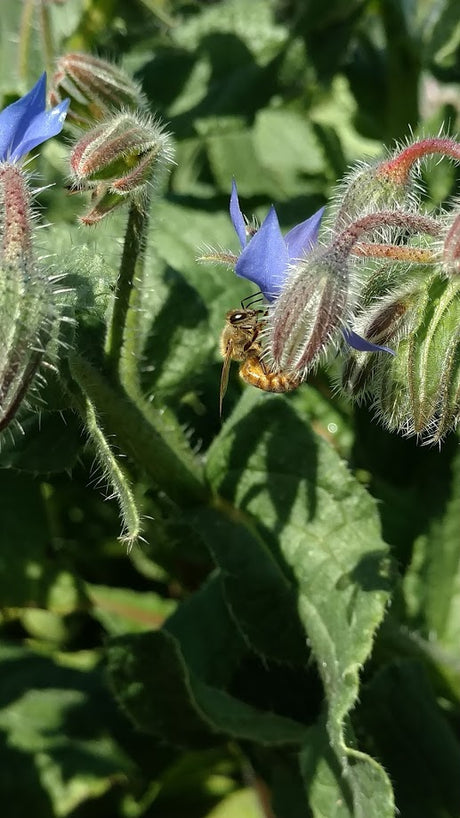
PLANT FOR POLLINATORS 2026
PLANT FOR POLLINATORS! What's the buzzzzz all about this month at Mary's Heirloom Seeds? January is PLANT FOR POLLINATORS month here at Mary's Heirloom Seeds! Why January? Many of...
Mary Smith |
Welcome to our store Learn more

PLANT FOR POLLINATORS! What's the buzzzzz all about this month at Mary's Heirloom Seeds? January is PLANT FOR POLLINATORS month here at Mary's Heirloom Seeds! Why January? Many of...
Mary Smith |

Welcome to our Plant for Pollinators 2022 series! During this series we will share about the importance of encouraging pollinators in your garden, ways to grow WITH nature and discuss...
Mary Smith |

Welcome to our Plant for Pollinators 2022 series! During this series we will share about the importance of encouraging pollinators in your garden, ways to grow WITH nature and discuss...
Mary Smith |

Welcome to Day 2 of our Plant for Pollinators series. Each day we'll have a new "pollinator fact of the day" as well as planting tips. How Animal Pollination Works...
Mary Smith |

In case you missed it, we just posted GROW A GREAT GARDEN on our blog. Part of growing a great garden is attracting pollinators to your garden to not...
Mary Smith |
Over 1,000 varieties of Heirloom Seeds
Free Shipping on Qualifying orders of $20 or more
Planting guides to help you grow a successful garden